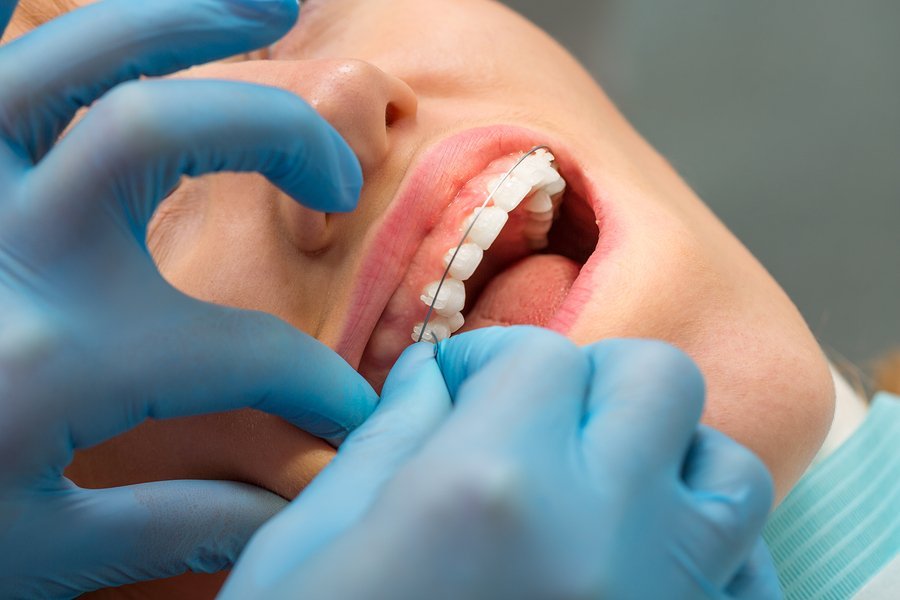While they provide exceptional results, orthodontic braces can be somewhat uncomfortable at certain times. Fortunately, you can reduce this discomfort by using orthodontic wax.
What Is Braces Wax?
Typically made to appear clear so it will be less visible, orthodontic wax is made of natural substances, such as carnauba wax, beeswax or paraffin wax. It also contains some modifiers and fillers to make it function better. You can get tasteless wax for braces or products that come in a variety of flavors including mint.
Why Use Dental Wax for Braces?
Traditional orthodontic braces include metal brackets that hold wires, which run around the teeth. After a period of time, this wire is tightened to apply pressure to the teeth and help guide them into alignment. Sometimes brackets can irritate the soft tissue inside the mouth as they rub against it. The tongue and cheek are especially sensitive early on, since they haven’t had a chance to get used to the contact. While you wait for these areas to toughen, you can use orthodontic wax to cover a troublesome bracket and help protect your tongue, lips and cheek from abrasions.
How to Use Orthodontic Wax
Before touching your orthodontic wax, be sure to thoroughly wash your hands with soap to prevent bacteria from entering any sores within your mouth. You may also want to take this opportunity to brush your teeth, floss and clean your braces to avoid plaque buildup.
Once your hands and mouth are clean, identify any painful areas by examining your mouth for red marks or abrasions, or by feeling around with your fingertips. Once you find a troublesome area, locate the responsible bracket and dry it using a cloth or tissue.
Roll a small ball of wax in your fingers, allowing the heat from your hand to soften it, so you can shape it the way you want. Be careful not to use too much wax, as it may feel uncomfortable or fall off inside your mouth.
After molding the wax, press it over the wire or bracket responsible for your discomfort. Press firmly, surrounding the area as best you can, using your fingertip. You may also use your tongue to help shape the wax and mold it in place.
Once the wax is in place, your abrasions will have an opportunity to heal. Since there is an exceptional amount of blood flow in the mouth, this shouldn’t take very long. Re-apply the wax as needed to protect the irritated areas. In time, the soft tissue in your mouth will toughen, and you will need the wax less and less.
Can You Eat with Wax on Your Braces?
While you can eat food when wearing orthodontic wax, it can be difficult. Since the wax will cling to food as you eat, you may find it easier to remove the wax beforehand. If it is too painful to eat without wax, just be sure to replace the dirty wax after your meal. If you accidentally swallow some wax, don’t worry; although it may not taste good, orthodontic wax is not toxic.



 Previous Article
Previous Article